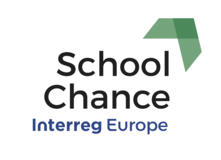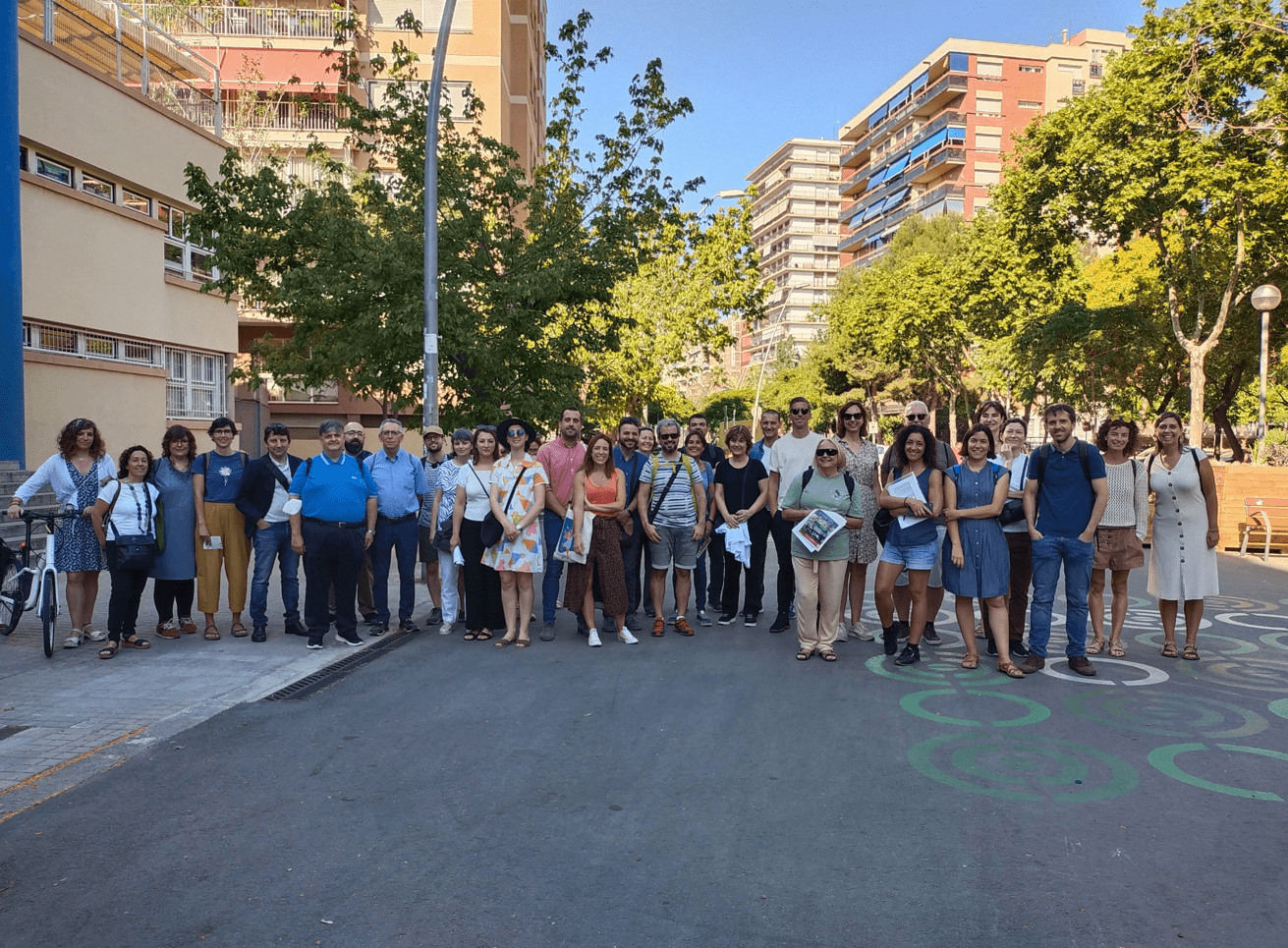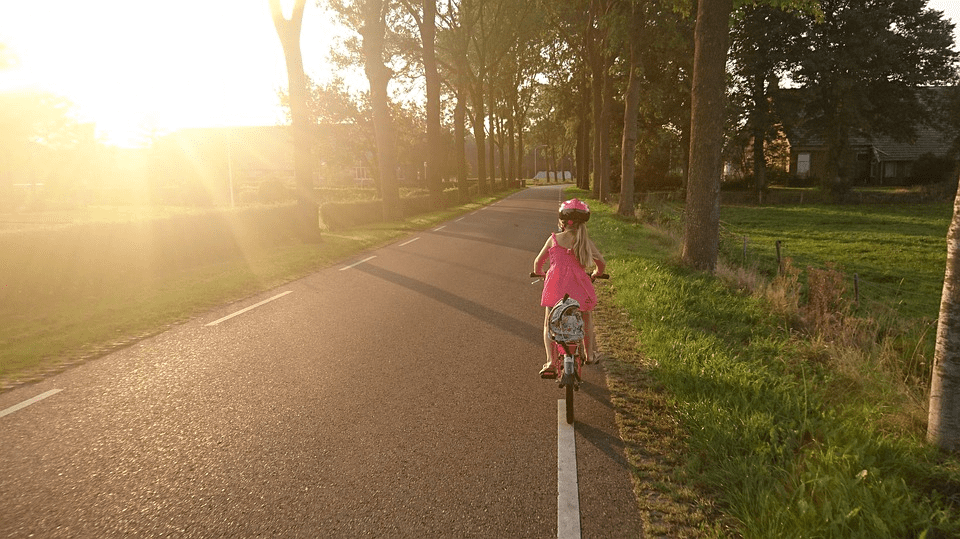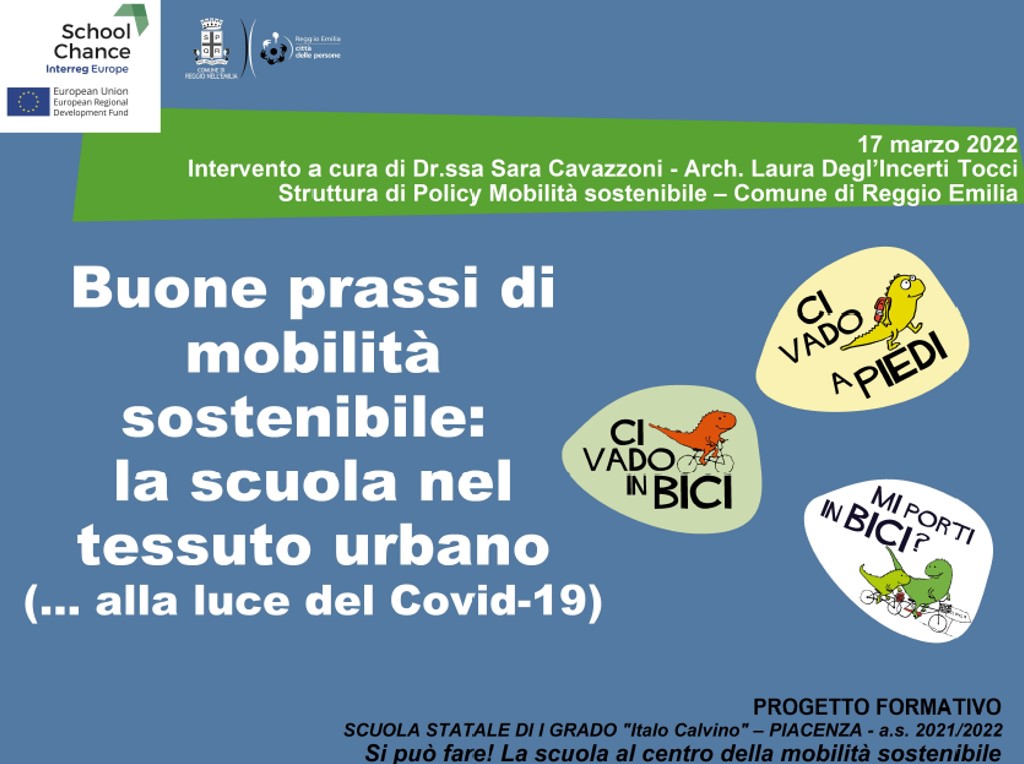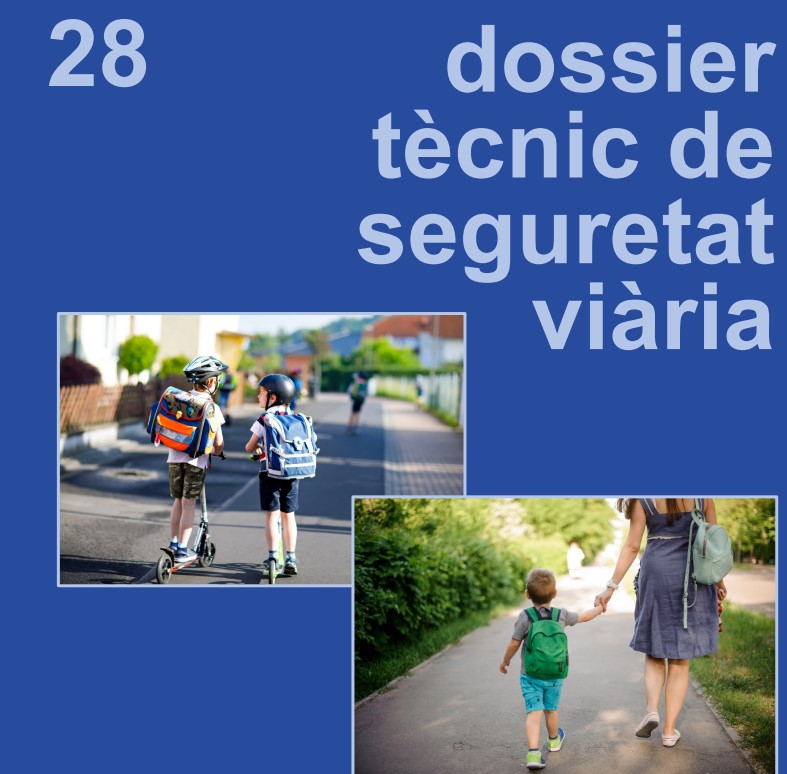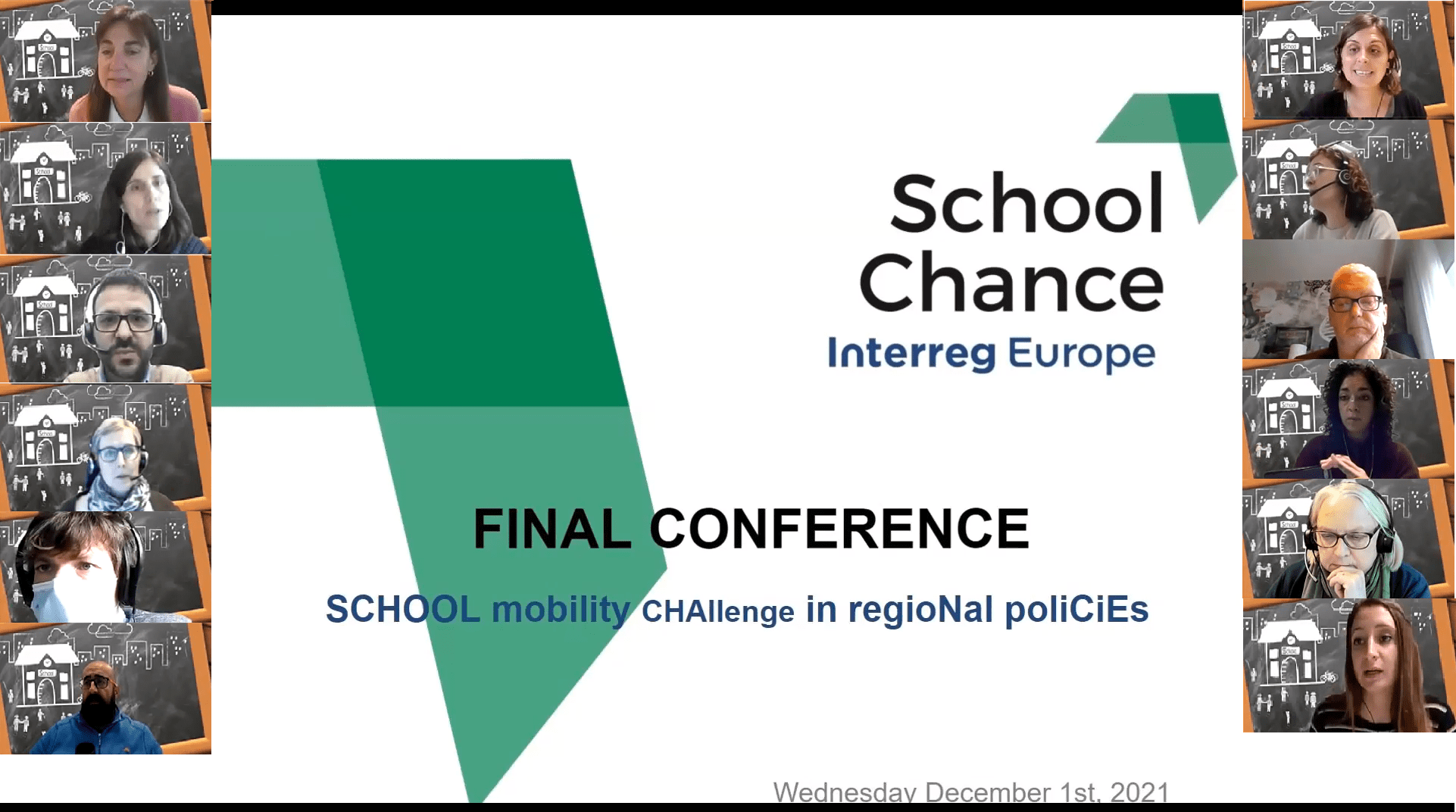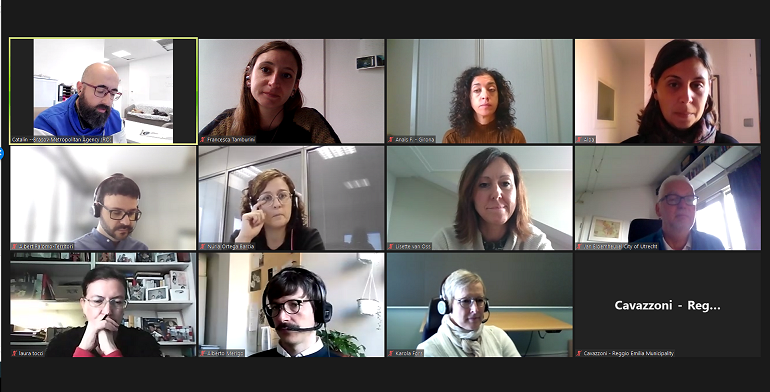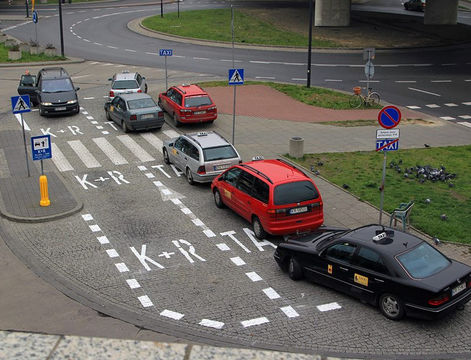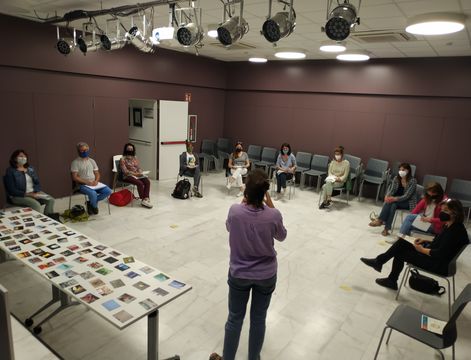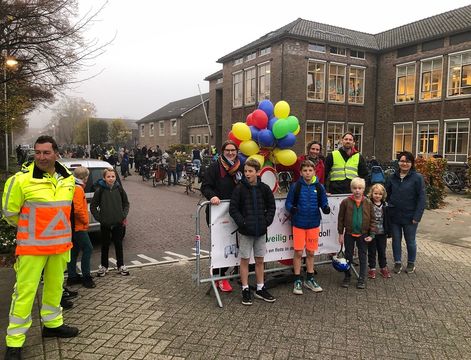Brasov is the main winter tourist destination in Romania. Located in the centre of Romania, 160 km north of the capital Bucharest, Brasov is considered by many to be the most beautiful city in Romania.
With a distinct historical heritage and cultural identity, Brasov is one of the most important cities of Romania. It is well known for its winter sports opportunities (most popular ski&snowboard destination in Romania) as well as for its museums, gastronomy, historic buildings and especially for the hospitality of its inhabitants.
Thanks to its favourable geographical location, Brasov has been recognized across the history as an important commercial and cultural centre. The settlement is first mentioned in documents in 1235 in Catalogus Ninivensis, where it is referred to under the name “Corona”. The nowadays Brasov has been constituted during the first decades of the XIII century, on the basis of the evolution of certain old Romanian settlements existing on the territory of the actual urban nucleus, which became a town before the great Tartar invasion of 1241.
Across its history, around Brasov a series of rural settlements have been developed, starting with the XIII century, where in the area settled the Teutonic Knights. Their presence in the area of Tara Barsei put its mark on the cultural, historical and social identity of these localities whose destiny was closely connected to Brasov's future across the centuries. Nowadays, the influence of Brasov generates a rather compact metropolitan area, which shelters over 400.000 inhabitants.
The specifics of the Brasov Metropolitan Area relate to the fact that besides the city of Brasov, the urban agglomeration includes other 6 cities with population from 5 000 to 30 000 inhabitants.
Urban mobility has become an important issue in the last decade as economic and social development generated an increase in the need to be able to seize various opportunities across the metropolitan territory. As such, even since 2009, the Brasov Metropolitan Agency has been involved in European mobility projects in order to raise the issue to the attention of the general public and main stakeholders and also contribute to the development of local expertise.
In fact, the first European project focused on mobility that the Brasov Metropolitan Agency has been a part of has been implemented under the leadership of the Reggio Emilia Municipality, Mmove – Mobility Management OVer Europe. As a result of that project, a feasibility study has been developed to improve mobility in the historic centre of Brasov. Following the Mmove project experience, the metropolitan agency started to focus more and more on urban mobility issues and as a result of another INTERREG project managed to develop a Public Transport Agency. Currently, this organization is setting up in order to coordinate the future metropolitan Public Transport System from 2019.
Focusing on urban mobility allowed the Metropolitan Agency of Brasov to be part of the elaboration of the first SUMP between 2014 and 2015. The plan has been developed with the support of EBRD and the Ministry of Public administration and Regional Development.
Currently, both the Brasov Metropolitan Agency and the Public Transport Agency work together in order to develop the local expertise/operational capacity in order to ensure an efficient implementation of the SUMP.
Brasov and School Chance
The focus of School Chance project really resonates with the Brasov realities. As Brasov is developing, so it is the quality of its education system and people from the city of Brasov and the neighbouring communities want to ensure the best education for their children. This includes also dropping off and picking up the children to school, most of the times by car. This creates additional traffic and generates traffic jams in the schools’ vicinity. The problem is more acute in the historic quarter of the city where the streets are narrow and where the most sought of schools are located.
Our main focus is to create the basis for the schools to take on the role of stakeholders in the urban mobility issue. Until now there has not been an interest from schools and teachers to get involved in shaping urban mobility (with a few successful exceptions). With School Chance we hope to create a critical mass among teachers and pupils who take an active role in shaping and improving urban mobility in the Brasov Metropolitan Area.
Improving urban mobility in Brasov for the long run is a puzzle and you need a lot of small pieces in order to make it. Every school involved in changing mobility patterns as a result of School Chance is such a puzzle piece and we hope that everybody’s small contribution will play a role in what will be the Brasov of 2021.
